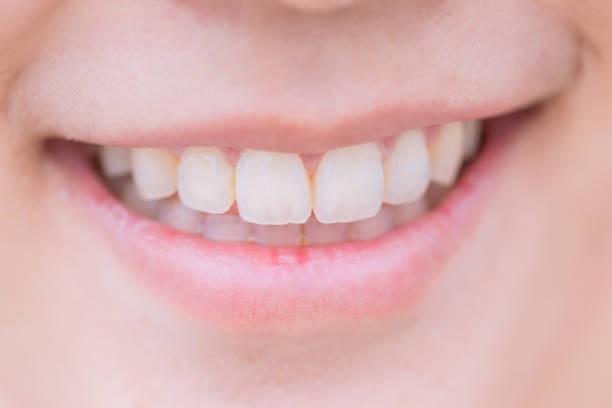Don't Panic Over Spots: A Dentist's Guide to White Marks on Teeth
FOR PATIENTS
1/5/20223 min read


Those little white spots on your teeth might have you reaching for whitening toothpaste, but don't be so quick to banish them. As a dentist, I see white spots on teeth quite often, and the good news is, they're not always a cause for concern. Let's delve into the world of white marks and understand what they might signify.
One common culprit is fluorosis. This condition arises from excessive fluoride exposure during childhood, when teeth are still developing. While crucial for strong enamel, too much fluoride can cause white patches or streaks on the tooth surface. Thankfully, mild fluorosis is purely aesthetic and doesn't affect tooth health.
Another cause of white spots is demineralization, the early stage of tooth decay. Plaque buildup, full of bacteria that feed on sugar, produces acids that erode enamel. This erosion can manifest as white, chalky spots on the teeth. If caught early, these spots can be reversed through good oral hygiene and remineralizing treatments.
White spots can also appear after orthodontic treatment like braces. Brackets can trap plaque around the teeth, leading to demineralization in those areas. However, with proper brushing and flossing techniques during treatment, these spots are usually preventable.
So, how do you know if your white spots are harmless or require attention? Here's the key: texture. If the spots are smooth and don't cause any sensitivity, they're likely mild fluorosis. But if they feel rough or cause discomfort, it might be demineralization and require a visit to your dentist.
Remember, regular dental checkups are vital for early detection and treatment of any underlying issues. By working together, we can ensure those white spots don't become a bigger problem and keep your smile healthy and beautiful.
Nu Intrați în Panică din Cauza Petelor: Ghidul Dentistului pentru Semnele Albe pe Dinți
Acele mici pete albe de pe dinți te-ar putea face să cauți pastă de dinți de albire, dar nu te grăbi să le elimini. Ca dentist, văd destul de des pete albe pe dinți, iar vestea bună este că nu sunt întotdeauna un motiv de îngrijorare. Haideți să ne adâncim în lumea semnelor albe și să înțelegem ce pot ele semnifica.
Un vinovat comun este fluoroza. Această afecțiune apare din cauza expunerii excesive la fluor în timpul copilăriei, când dinții sunt încă în curs de dezvoltare. Deși este crucial pentru smalțul puternic, prea mult fluor poate provoca pete albe sau dungi pe suprafața dintelui. Din fericire, fluoroza ușoară este pur estetică și nu afectează sănătatea dinților.
O altă cauză a petelor albe este demineralizarea, stadiul incipient al cariilor dentare. Acumularea de placă, plină de bacterii care se hrănesc cu zahăr, produce acizi care erodează smalțul. Această eroziune se poate manifesta ca pete albe, cretoase pe dinți. Dacă sunt depistate din timp, aceste pete pot fi inversate printr-o igienă orală bună și tratamente de remineralizare.
Petele albe pot apărea și după tratamentul ortodontic precum aparatele dentare. Suporții pot captiva placa din jurul dinților, ducând la demineralizarea din acele zone. Cu toate acestea, cu tehnici corecte de periaj și folosire a aței dentare în timpul tratamentului, aceste pete sunt de obicei prevenibile.
Așadar, cum să știi dacă petele tale albe sunt inofensive sau necesită atenție? Iată cheia: textura. Dacă petele sunt netede și nu provoacă nicio sensibilitate, sunt probabil fluoroză ușoară. Dar dacă se simt aspre sau provoacă disconfort, ar putea fi vorba de demineralizare și necesită o vizită la dentist.
Nu uitați, controlale dentare regulate sunt vitale pentru detectarea precoce și tratarea oricăror probleme subiacente. Lucrând împreună, ne putem asigura că acele pete albe nu devin o problemă mai mare și vă putem menține zâmbetul sănătos și frumos.
